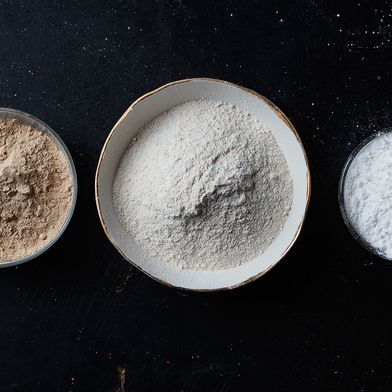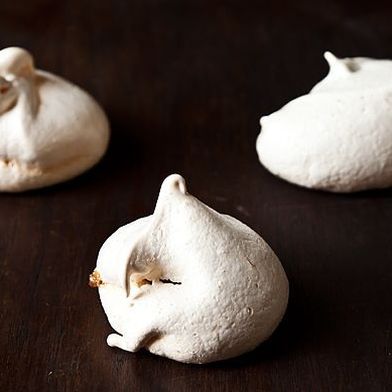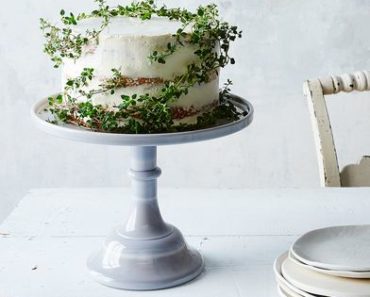This month, our Baking Club is focused on Yotam Ottolenghi and Helen Goh’s cookbook Sweet: Desserts from London’s Ottolenghi, and members with the UK version have been noticing that the vast majority of the recipes call for caster sugar.
Caster sugar goes by a variety of names, including castor sugar, baker’s sugar, and superfine sugar, the last of which alludes to what exactly it is: a finer granulated sugar. If a grain of granulated sugar is big and a grain of powdered sugar is tiny, caster sugar would be somewhere in between.
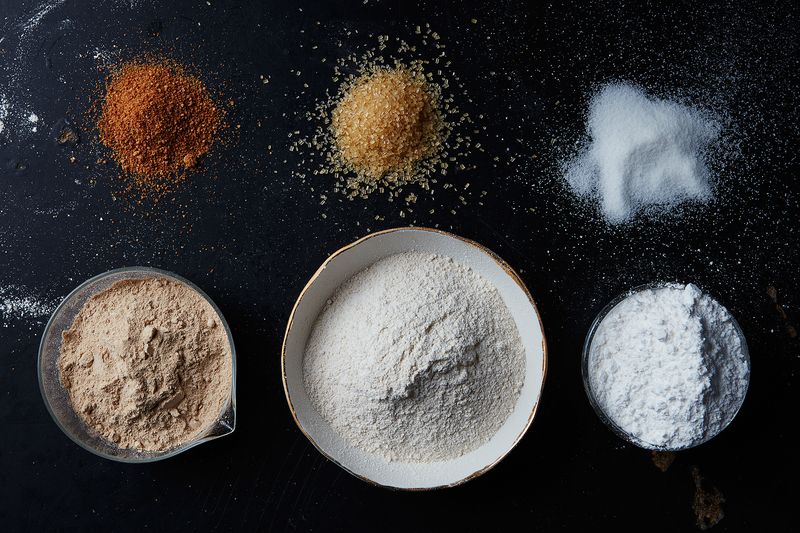
Photo by Mark Weinberg
After learning about this difference, member Eliza Triggs made back-to-back batches of Ottolenghi and Goh’s Cranberry Almond Cookies and found that using caster sugar did make a noticeable difference in the appearance and taste:
The iced cookie on the bottom is made with regular sugar; it looks and tastes drier and denser (although it’s definitely a tasty biscuit). The one on the top is made with caster sugar, and (although it’s still crumbly) is softer, lighter, and more buttery.
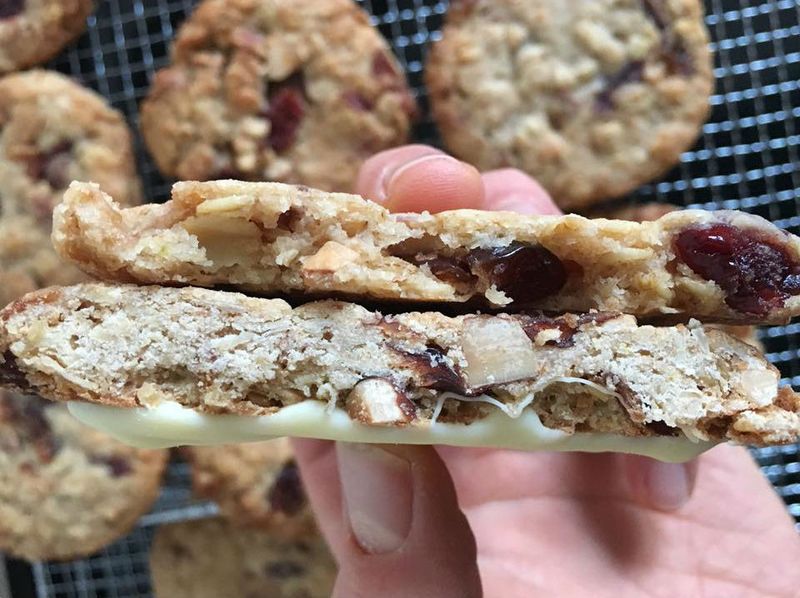
Photo by Eliza Triggs
Helen Goh explained that caster sugar appears in so many of the recipes in Sweet because: “In the UK, we use it for most baked goods, especially if it is being creamed/beaten with butter for making cakes, or for whisking with egg whites for meringues.”
While caster sugar is readily available in the UK, Baking Club members in the United States have had trouble locating it, and when they can get their hands on it, they find it is priced much higher than regular granulated sugar. Luckily, Goh provided the group with three strategies to still get optimal outcomes in their baked goods.
Start with cooler than room temperature butter.
Goh explains that if you are creaming sugar with butter (for cakes or cookies, for example), starting with firmer butter allows you to cream the two together for a bit longer without it turning greasy, adding:
Over-creaming can result in an oily, dense cake because the butter has essentially melted. Similarly, under-creaming can result in a dense, dry cake, because the butter and sugar have not had enough air incorporated into it, and the sugar granules remain large, so the cake/crumb will be coarse and heavy.
Whisk egg whites on a lower speed.
If you’re combining sugar and egg whites for something like a meringue, Goh suggests whisking the egg whites and granulated sugar together on a slightly lower speed so the sugar granules have more time to dissolve, adding:
One of the ways you can tell if your meringue is ready for the oven is if you can barely feel the sugar granules between your thumb and forefinger. I have seen a few ‘speckled’ pavlovas which look like undissolved sugar granules.
Make your own caster sugar.
You can also skip the workarounds and cut to the chase by making your own caster sugar. Simply process regular granulated sugar in a food processor, high-powered blender, or (clean) coffee grinder until the sugar granules are smaller. (Just keep an eye on it—if you process it too long you’ll end up with homemade powdered sugar instead.) Goh notes that the granulates won’t be as uniformly sized as the store-bought variety, but says that it will work fine.
Once you’ve made a batch of caster sugar, here are a few recipes to put it to good use:
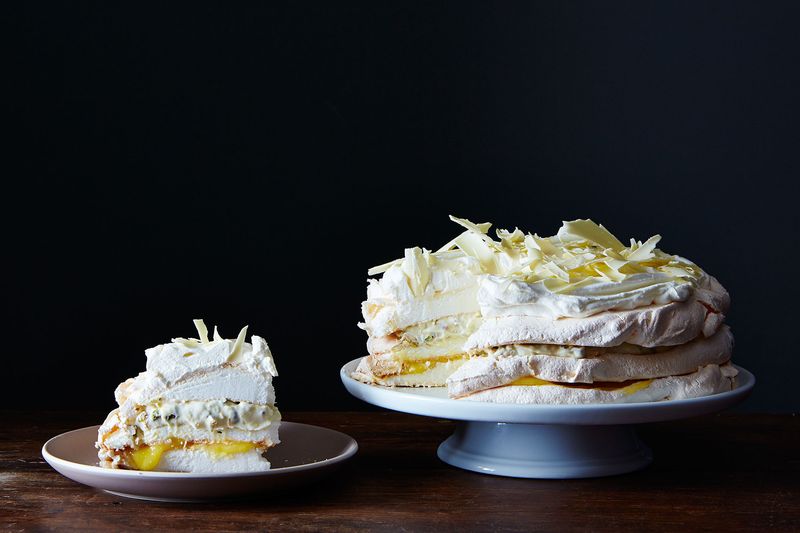
by heinstirred
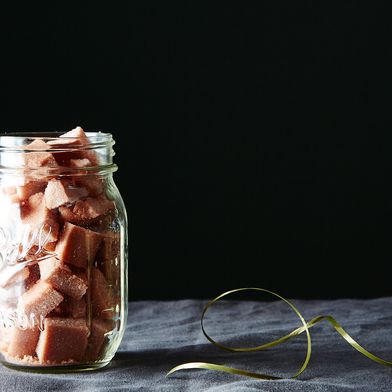
by Genius Recipes
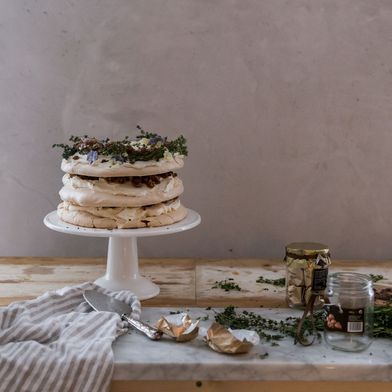
by Skye | From My Dining Table
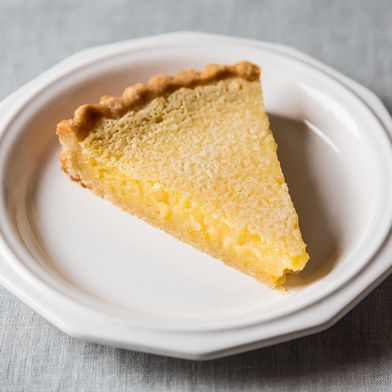
by dymnyno
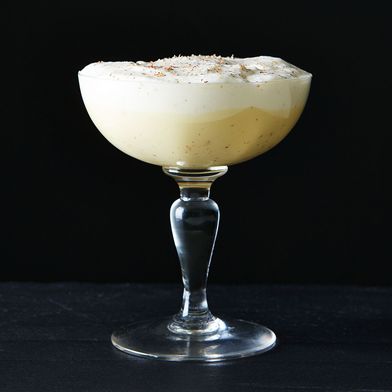
by Chef Lisa
Want to join the Club? Head here for details on how to participate and what books we’ll be covering in the new year.
(via Food52)

